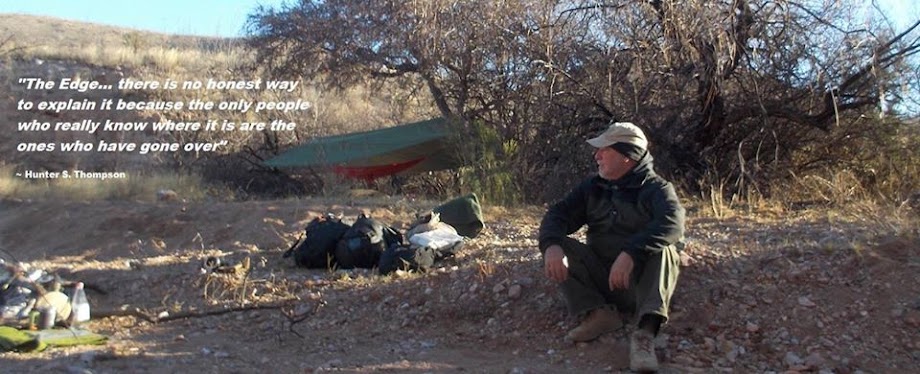From Wikipedia cause im wayyyy too lazy to type it out myself......
Major Harold William "Bill" Tilman, CBE, DSO, MC and Bar, (14 February 1898–1977) was an English mountaineer and explorer, renowned for his Himalayan climbs and sailing voyages.
Tilman was born on 14 February 1898 in Wallasey in Cheshire, the son of a well-to-do sugar merchant John Hinkes Tilman and his wife Adeline Schwabe (née Rees). He was educated at Berkhamsted Boys school. At the age of 18, Tilman was commissioned into the Royal Field Artillery and fought in the First World War, including the Battle of the Somme, and was twice awarded the Military Cross for bravery. His climbing career, however, began with his acquaintance with Eric Shipton in Kenya, East Africa, where they were both coffee growers. Beginning with their joint traverse of Mount Kenya in 1929 and their ascents of Kilimanjaro and the fabled "Mountains of the Moon" Ruwenzori, Shipton and Tilman formed one of the most famed partnerships in mountaineering history. When it came time to leave Africa, Tilman was not content with merely flying home but rode a bicycle across the continent to the West Coast where he embarked for England.
He later volunteered for service in the Second World War, seeing action in North Africa, and on the beaches at Dunkirk. He then was dropped by parachute behind enemy lines to fight with Albanian and Italian partisans, was awarded the Distinguished Service Order for his efforts, and the keys to the city of Belluno which he helped save from occupation and destruction.
Following his military career behind enemy lines in the Second World War, Tilman took up deep sea sailing. Sailing in deep seas on the Bristol Channel Pilot Cutter Mischief, which he purchased in 1954, and subsequently on his other pilot cutters Sea Breeze and Baroque, Tilman voyaged to Arctic and Antarctic waters in search of new and uncharted mountains to climb. On his last voyage in 1977, in his eightieth year, Tilman was invited to ship as crew in En Avant with mountaineers sailing to the South Atlantic to climb Smith Island. The expedition was led, and the boat skippered, by the youthful Simon Richardson. He and his crew aboard the old, converted steel tug made it successfully and without incident to Rio de Janeiro. Thereafter, en route to the Falkland Islands, they disappeared without trace - it was presumed the ship had foundered with all hands.
Tilman was involved in two of the 1930s Mount Everest expeditions - participating in the 1935 Reconnaissance Expedition, and reaching 27,200 feet without oxygen as the expedition leader in 1938. He penetrated the Nanda Devi sanctuary with Eric Shipton in 1934, and in 1936 he went on to lead an Anglo-American expedition to Nanda Devi. With the support of a team which included Peter Lloyd and H. Adams Carter, Tilman and Noel Odell succeeded in making the first ascent of the 7,816 metres (25,643 ft) mountain, which remained the highest summit climbed by man until 1950. Tilman later described their arrival on the summit:
-
- Odell had brought a thermometer, and no doubt sighed for the hypsometer. From it we found that the air temperature was 20 °F (−7 °C) but in the absence of the wind we could bask gratefully in the friendly rays of our late enemy the sun. It was difficult to realise that we were actually standing on top of the same peak which we had viewed two months ago from Ranikhet, and which had then appeared incredibly remote and inaccessible, and it gave us a curious feeling of exaltation to know that we were above every peak within a hundred miles on either hand. Dhaulagiri, 1,000ft higher, and 200 miles away in Nepal, was our nearest rival. I believe we so far forgot ourselves as to shake hands on it.[1]
He was awarded in 1952 the Royal Geographical Society's Founder's Gold Medal for his achievements.



